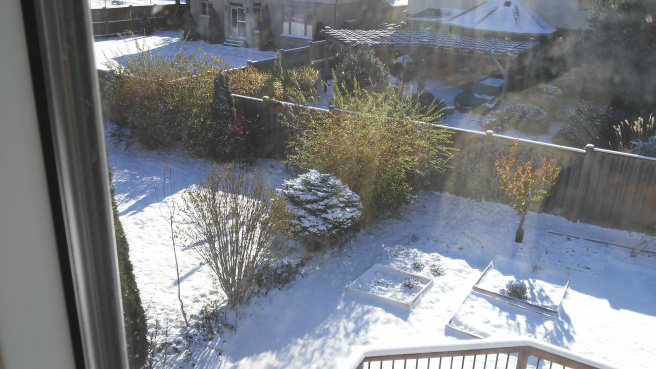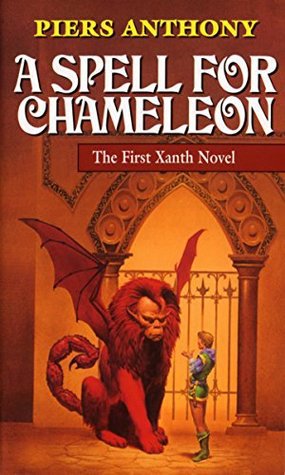For the past two years, from the time of my intercontinental drift to North America, winter hadn’t coiled me in its viper-like grasp. I had thus brushed off warnings of “bitter, brutal Canadian winters” as hoax spun by hyperbolic weaklings. Then, the winter of 2013-14 happened. Like a nightly creature that keeps its movements hushed, it pounced on me — surreptitiously and with a bloodthirsty vengeance.
Curiously enough, while I found myself abjectly underprepared to deal with the onslaught of the season’s icy blows, my imagination experienced an odd and even mystifying boost. A spruce tree coated with the first dust of snow became a young-at-heart old man for me. A pine tree, resolute in its evergreen dignity, seen from the window next to my seat at work, became a trusted companion when all the other trees surrounding it bared their branches. Snow-covered cupped hedges appeared as giant ice-cream cones ready to be licked clean by overgrown kids like me. As my mostly unimaginative mind ran wild with wintry metaphors, I began digging into winter in fiction.
To my delight, I discovered that this bone-numbing, grinding stone of a season has moved many a storyteller’s creative muscles. In The Snow Man, O Henry sets the winter scene up in the countryside amidst a menacing snowstorm. Arguably not in league with his finest short narratives, the story nevertheless resonated with me — because the narrator’s disdain for snow equalled mine.
Of all the curious knickknacks, mysteries, puzzles, Indian gifts, rat-traps, and well-disguised blessings that the gods chuck down to us from the Olympian peaks, the most disquieting and evil-bringing is the snow… [The Snow Man, O Henry]
Interestingly, the story opens with this sentence, “Housed and windowpaned from it, the greatest wonder to little children is the snow.” Going by the number of times schools in our area shut down this winter owing to snow-related danger on the roads, I suspect I know why children love the white stuff as much as they do.
At the same time, the prospect of snow days can prove to be a jolting annoyance in the routine lives of stay-at-home parents. Winters were frustratingly mild in North Carolina, but the year I was in the fifth grade we got lucky. Snow fell, and, for the first time in years, it accumulated. School was cancelled, and two days later we got lucky again. There were eight inches on the ground, and, rather than melting, it froze. [Let it Snow, David Sedaris]
By late November, snow had enveloped every house, building, tree and park in the laidback Ontario town where I live. My city was a white-hooded mischief maker; even street signs hid behind pillows of snow, conning rush-hour traffic. Amnesiac fields of snow quizzed me, “What is the colour of green?” In the eyes of Dominican-American author, Julia Álvarez’s young protagonist, snow resembles something much more sinister. At the Catholic school she goes to after immigrating to the United States, her teacher draws a picture of mushroom cloud on the blackboard to explain the consequences of a nuclear war in the prevailing Cold War environment.
Then comes the girl’s first snowfall. The months grew cold, November, December. It was dark when I got up in the morning, frosty when I followed my breath to school. One morning as I sat at my desk daydreaming out the window, I saw dots in the air like the ones Sister Zoe had drawn random at first, then lots and lots. I shrieked, “Bomb! Bomb!” Sister Zoe jerked around, her full black skirt ballooning as she hurried to my side. But then Sister Zoe’s shocked look faded. “Why, Yolanda dear, that’s snow!” She laughed. “Snow”. [How the Garcia Girls Lost Their Accents, Julia Álvarez]
Between December and February, the winter of 2013-14 unleashed its redoubtable fierceness. A massive ice storm hit parts of Ontario, knocking out electricity and bringing entire cities to a standstill.
Arctic gales blew mercilessly as did blizzards and snow squalls. It was no longer just a matter of battling nature’s forces. Despite being wrapped under layers of clothing, the promise of central heating and the luxury of a fireplace, I recoiled as the cold pulled me into its vortex.
This was a chakravyuh no limping flame, no pale sun could touch. In a visually arresting winter story by Tobias Wolff, three hunting friends brace not just frigid shrapnel but also the frosty chill of mind games and human bitterness.
The wind was blowing into their faces. The snow was a moving white wall in front of their lights; it swirled into the cab through the hole in the windshield and settled on them. Tub clapped his hands and shifted around to stay warm, but it didn’t work. [Hunters in the Snow, Tobias Wolff]
Wolff’s story is a rough territory where the dense vegetation of a forest and the cutting arrows of winter contend against the complex equation between the three hunters. It’s hard to tell what stings the skin more — the slap of blowing snow or the barbed comment of a comrade.

This feeling of being left cold at a deeper, psychological level is portrayed superbly by James Baldwin in Sonny’s Blues, the gut-wrenching story of a young musician struggling with addiction, and the “icy dread” his older brother, the narrator, feels at various points during their interactions.
“It’s terrible sometimes, inside,” he said, “that’s what’s the trouble. You walk these streets, black and funky and cold, and there’s not really a living ass to talk to, and there’s nothing shaking, and there’s no way of getting it out — that storm inside…” [Sonny’s Blues, James Baldwin]
As winter continues to exert its inexorable grip where I live, usurping spring, threatening to blot out even summer, I wonder what is it that ticks a writer’s fancy in the wintertime.
Is it the result of forced solitude — months spent cooped-up inside? Or is imagination the only escape, the only coping mechanism, when the daily reality is that of zero-visibility on the roads, a mountain of snow to shovel before work, and watching one’s step all the time to avoid slipping into ice?When hope, optimism and anticipation all fade before the determination of this year’s winter, I take refuge in Oscar Wilde’s words in The Selfish Giant, a story he wrote for children.
Advertisements Share this:One winter morning he looked out of his window as he was dressing. He did not hate the Winter now, for he knew that it was merely the Spring asleep, and that the flowers were resting. [The Selfish Giant, Oscar Wilde]
- More





